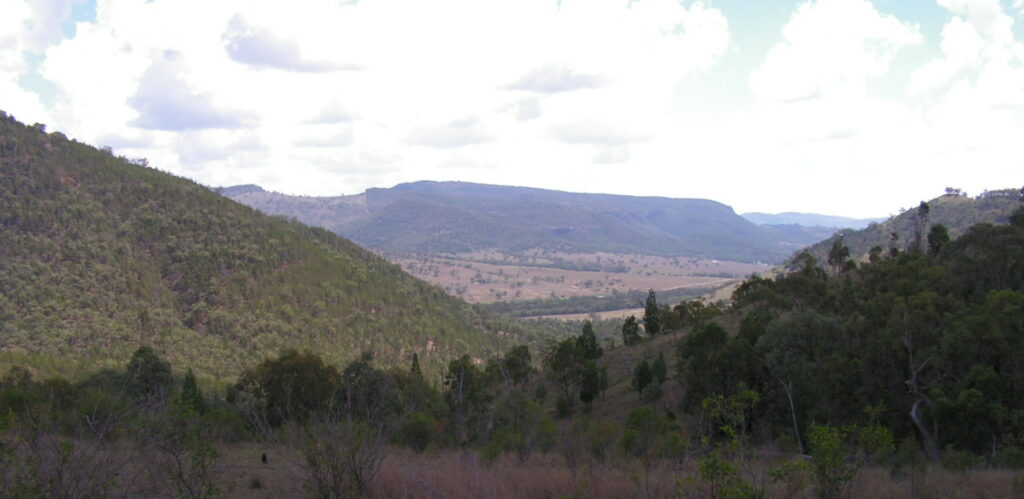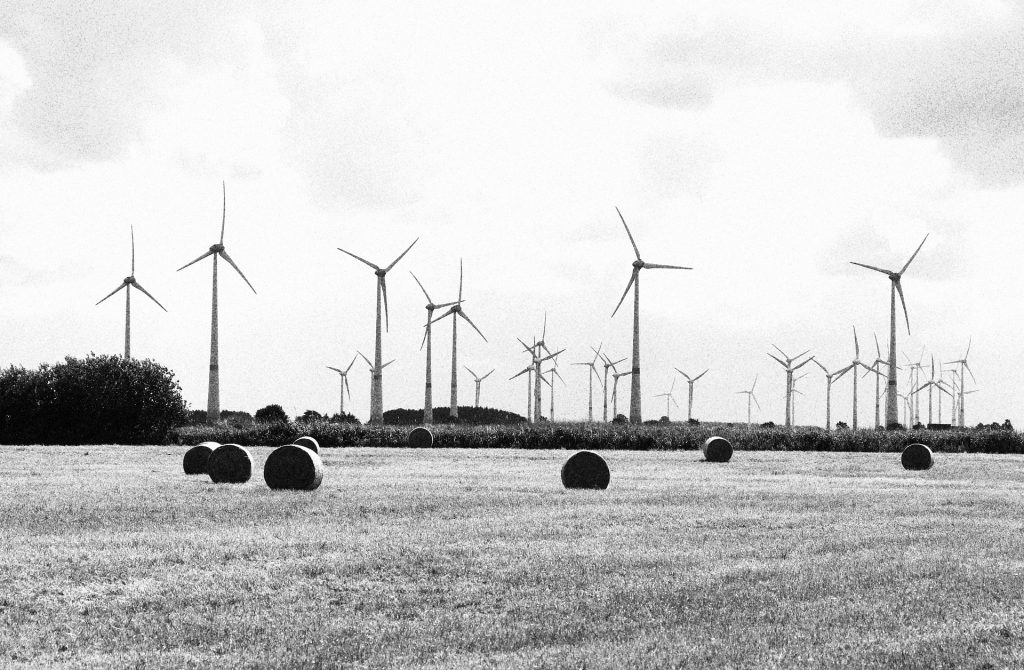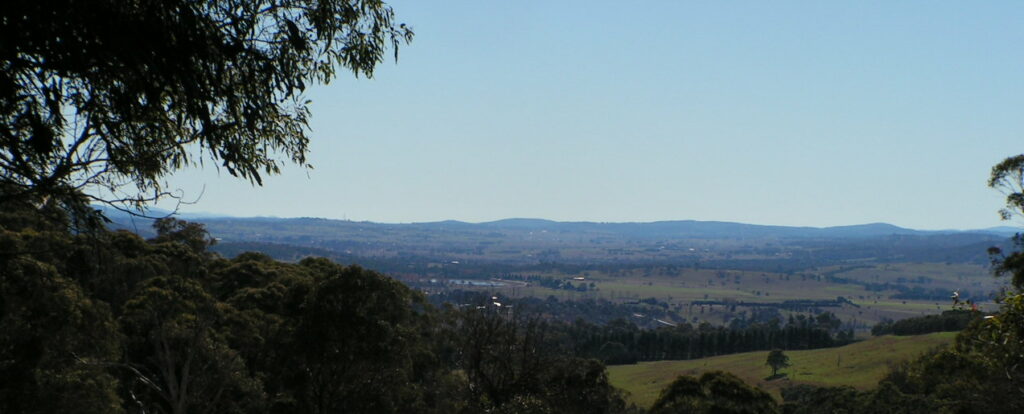DOES IT MAKE SENSE?
The Great Dividing Range is mainland Australia’s most productive, biodiverse and substantial topographic feature. It serves as the definitive water shed for the river systems in Eastern Australia, hence the name.
It stretches more than 3,500 kilometres from the northern tip of Cape York Peninsula before fading into the Wimmera Plains as rolling hills west of the Grampians Region, at some places it can be up to 400 kilometres wide. It encompasses the world heritage listed areas of the Wet Tropics of Queensland and the Gondwana Rainforests.

Extensive areas of the highlands consisting of relatively flat well watered fertile land has been developed for agricultural and pastoral uses. Such areas as the Atherton Tablelands and Darling Downs in Queensland; the Northern Tablelands, Central Tablelands, Western Slopes and Southern Highlands in New South Wales; and the Victorian High Country have all served as dependable food bowls to the Australian economy for centuries. The parts too rugged for agriculture are used for forestry, producing a reliable supply of plantation softwoods and hardwoods to industry.
A succession of protected areas lie within The Range. There are over ninety national parks and reserves that encapsulate the greatest biodiverse forests in Australia, which apart from being home to critically important ecosystems, also provide enjoyment to thousands of people including many tourists seeking relief from the built environment.
But governments are recklessly offering up this rich, biodiverse region to wind and solar farm proponents on which to build thousands of enormous turbines, millions of solar panels and tens of thousands of kilometres of interconnecting high voltage power lines, potentially transforming it into an industrial wasteland. The turbines and solar panels will render thousands of acres of agricultural land sterile. The new transmission grid will cut a swathe of thousands of kilometres through magnificent forests, rendering the land to that of a moonscape.
Why then is government singling out the most valuable rural and natural environments in Australia, home to all creatures great and small, to be handed over to developers to destroy – it makes no sense?


For there are vast arid regions in Australia not all that far from the eastern seaboard where the wind blows constantly and the sun shines relentlessly day in day out, providing a reliable source of renewable energy, mitigating the need for environmentally unfriendly battery storage, made from rare earth metals, extracted by child labour in Chinese controlled mines, in Third World Countries:
-
And a place where these 6MW eyesores the height of city skyscrapers together with their massive infrastructure would be out of sight.
-
And where the blades of these monsters would not be chomping up on average 200 birds and 400 bats per turbine annually. Multiply that by an average sized wind farm of say 100 turbines – government and developers then have the mass slaughter of 20,000 birds and 40,000 bats per farm annually on their conscience.
-
And where the toxic chemical dust, Bisphenol A (a compound that when unconfined is a ticking time-bomb) which is shed into the air every time the turbine blades rotate would not be poisoning people nor polluting farm dams and the water storage systems of towns and cities.
-
And where dangerous levels of infrasound – emitted every time the blades rotate would be not be deleteriously impacting on the physical and mental health of man and animal across a distance of 20klms.
-
And where man and animal would not be exposed to harmful levels of non-ionising & sonic radiation caused by the cobweb of high voltage overhead electricity transmission lines crisscrossing our rural landscape.
-
And where vast native forests would not be razed to the ground.
-
And where hundreds of thousands of native fauna would not be ungraciously displaced from their natural habitat.
-
And where productive fertile agricultural and pastoral land vital for satisfying an ever increasing global demand for food, would not be impacted by significant loss in production.
-
And where prime agricultural and grazing country would not be substantially devalued by the impost of heavy industry.
-
And where a decade or more of chaos, causing traffic congestion, disruption to emergency services and commercial transport links could be avoided, during the construction phase.
-
And where communities would not be divided by hubristic developers pitting neighbour against neighbour.
Nevertheless, the mass experiment with wind and solar farms on a scale that beggars belief, continues unabated, top to bottom of our extraordinary Great Dividing Range, which wonderland beholds its darling New England Region – it make no sense.
Ian McDonald, Walcha Grazier and Conservationist.



